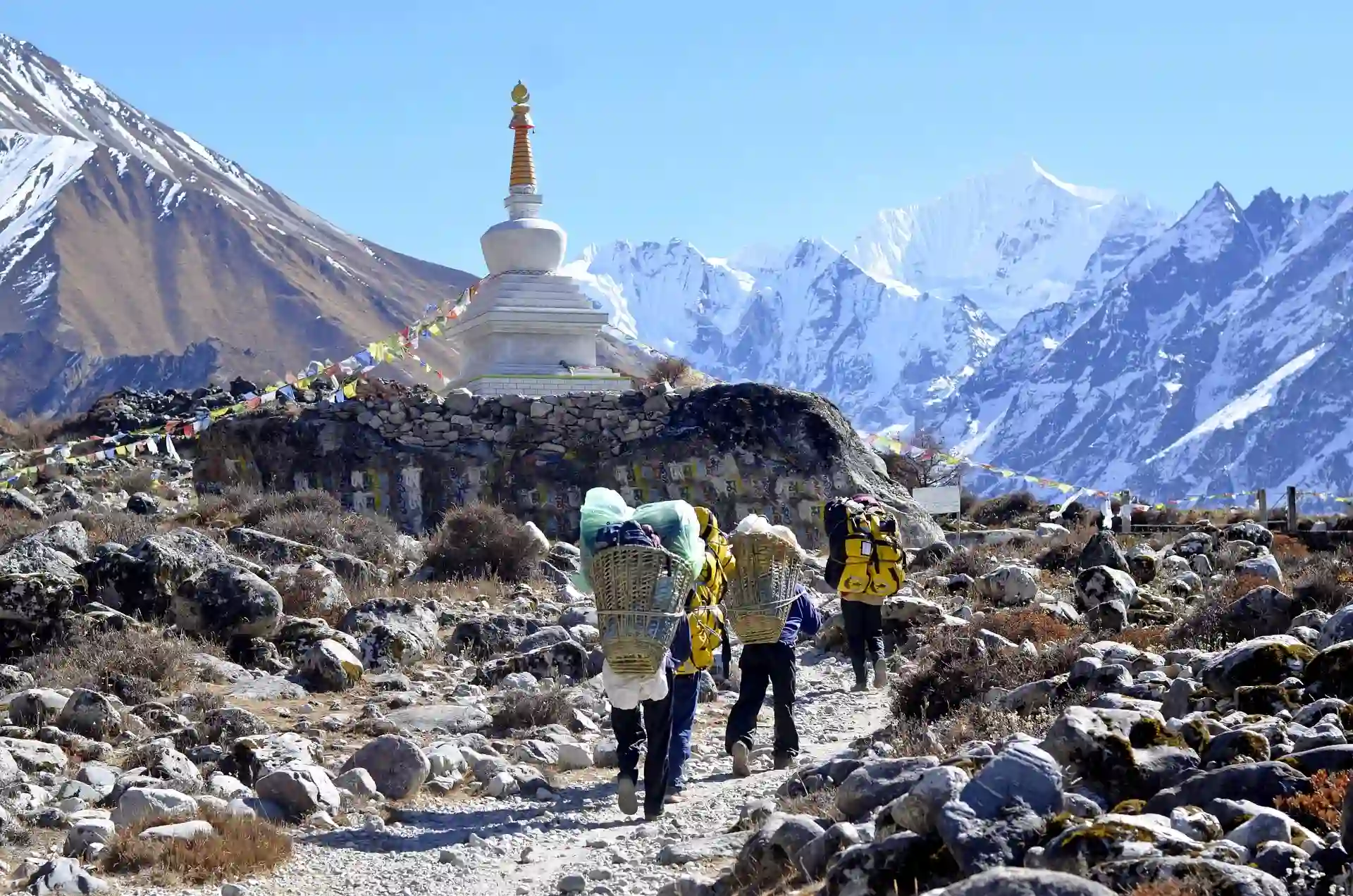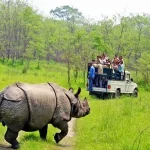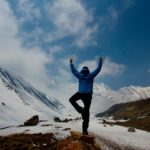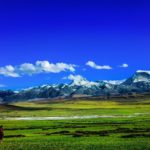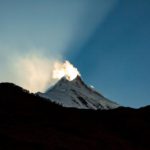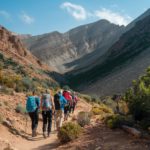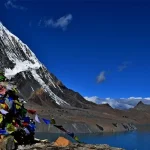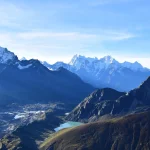Table of Contents
Nepal, a land of towering peaks and breathtaking landscapes, is a trekker’s paradise. But before you embark on your Himalayan adventure, it’s essential to pack right. A well-prepared Nepal trekking packing list can mean the difference between a comfortable, unforgettable journey and a chilly, uncomfortable one. This guide will walk you through the essentials, from sturdy boots to warm layers, ensuring you’re equipped for any challenge the mountains throw your way. Let’s dive into the ultimate Nepal trekking packing list.
Clothing Essentials for Your Nepal Trek
Nepal’s weather is as diverse as its landscapes, so layering is key. Start with thermal base layers that wick away moisture. A trusty fleece jacket is essential for those chilly mornings and evenings. For unexpected rain showers or colder altitudes, pack a waterproof and breathable jacket. Trekking pants made from quick-dry fabric are ideal, offering comfort and flexibility. Don’t forget about your extremities! A warm hat, gloves, and a versatile buff will protect you from the elements.
Remember, cotton is your enemy in the mountains. It absorbs moisture and takes forever to dry, making it a poor choice for trekking gear. Opt for synthetic or merino wool fabrics instead. These materials will keep you warm when it’s cold and cool when it’s hot, making them perfect for Nepal’s varying climate.
Sturdy Footwear: The Foundation of Your Nepal Trek
Your feet will be your most valuable asset on the trail, so investing in a good pair of hiking boots is non-negotiable. Look for boots with ankle support to protect you from uneven terrain. Make sure they fit properly and are broken in before you hit the trail. Remember, blisters can quickly turn your adventure into a nightmare.
While hiking boots are essential, don’t forget about your downtime. Pack a comfortable pair of sandals or flip-flops for relaxing at teahouses and exploring villages. Your feet will thank you for the break after a long day of trekking.
Backpack Selection: Carrying Your Nepal Trekking Essentials
Choosing the right backpack is crucial for a comfortable trek. The size depends on the duration of your trip and whether you’ll be carrying your own gear or using a porter. For those carrying their own pack, a 50-65 liter backpack is generally suitable. Look for features like a sturdy hip belt, adjustable shoulder straps, and compression straps to distribute weight evenly. Remember, the lighter your load, the more enjoyable your trek will be.
Properly packing your backpack is also essential. Use packing cubes to organize your gear and maximize space.
Quality Sleep Gear for Restful Nights
A good night’s sleep is crucial for recharging your batteries on the trail. Invest in a quality sleeping bag with a suitable temperature rating for your trek. Down-filled sleeping bags are the warmest option, but synthetic alternatives are also available. A sleeping pad provides essential insulation from the cold ground and adds comfort to your sleep. Remember, the colder the nights, the more important a quality sleeping bag and pad become.
Pack a compression sack for your sleeping bag to save space.
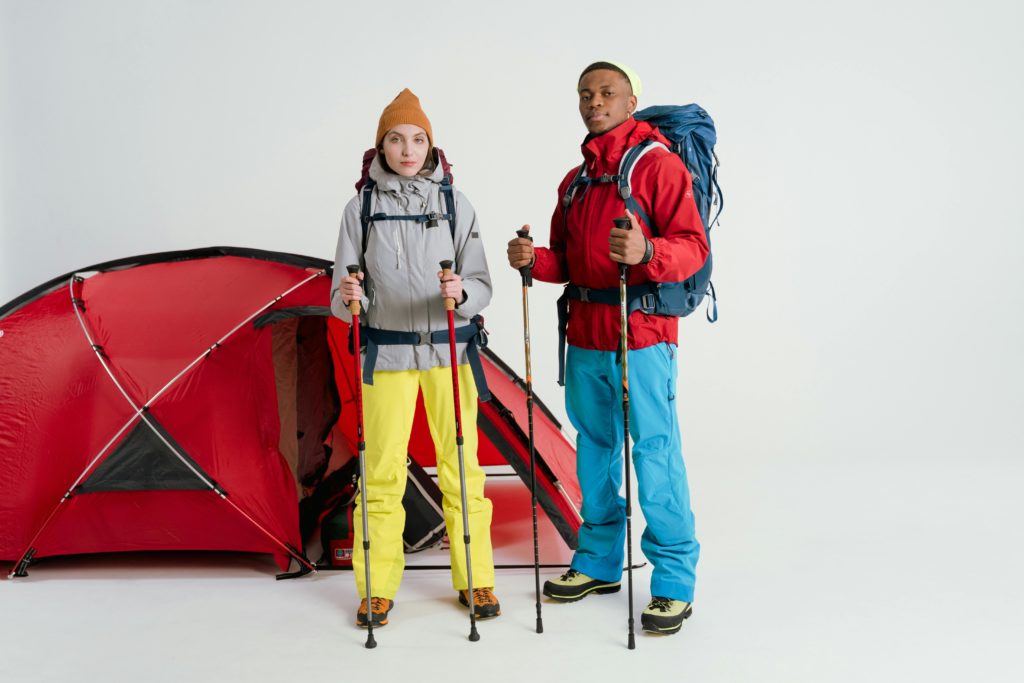
Essential Electronics for Capturing Memories
In today’s world, it’s hard to imagine a trek without capturing those stunning mountain view. A camera is essential for preserving your memories. Don’t forget to pack a waterproof case to protect it from unexpected rain or snow. Your smartphone can also be a valuable tool for navigation, photography, and staying connected.
A power bank is a must-have for recharging your devices on the go, as electricity can be scarce in remote areas. Consider a solar charger as an eco-friendly alternative.
Remember, less is more when it comes to electronics on the trail. Prioritize what you truly need and leave unnecessary gadgets at home.
Toiletries and Health: Staying Fresh and Healthy
While trekking in Nepal, it’s essential to pack the right toiletries to stay fresh and healthy. Sunscreen with a high SPF is a must to protect your skin from the strong Himalayan sun. Don’t forget lip balm to keep your lips hydrated. A lightweight moisturizer will help combat dry skin, especially at higher altitudes.
Hand sanitizer and antiseptic wipes are essential for maintaining good hygiene. A basic first aid kit should be included in your Nepal trekking packing list. It should contain items like bandages, antiseptic cream, pain relievers, and any personal medications you require.
Altitude sickness can be a concern, so pack altitude sickness medication as a precaution. Remember, acclimatization is key to preventing this condition.
Documents, Money, and Insurance: Stay Prepared
No trek is complete without the necessary paperwork. Pack your passport, visa, and any required trekking permits. Carrying a mix of cash and cards is advisable, as ATMs may be limited in remote areas. Don’t forget travel insurance to protect yourself in case of emergencies.
Remember to make copies of your important documents and leave them with a trusted person at home.
Fuel Your Body: Food and Water Essentials
Proper nutrition is essential for powering through long days on the trail. Pack energy-rich snacks like nuts, trail mix, and energy bars. These will help you refuel quickly between meals. Dehydrated meals can be a convenient option for dinner, especially at higher altitudes where fresh food options may be limited.
Staying hydrated is crucial for preventing altitude sickness and maintaining energy levels. Bring a reusable water bottle and water purification tablets or a filter. Teahouses along the trail will also offer boiled water, but it’s always a good idea to purify it before drinking.
Remember, your body works harder at higher altitudes, so it’s essential to eat and drink regularly.
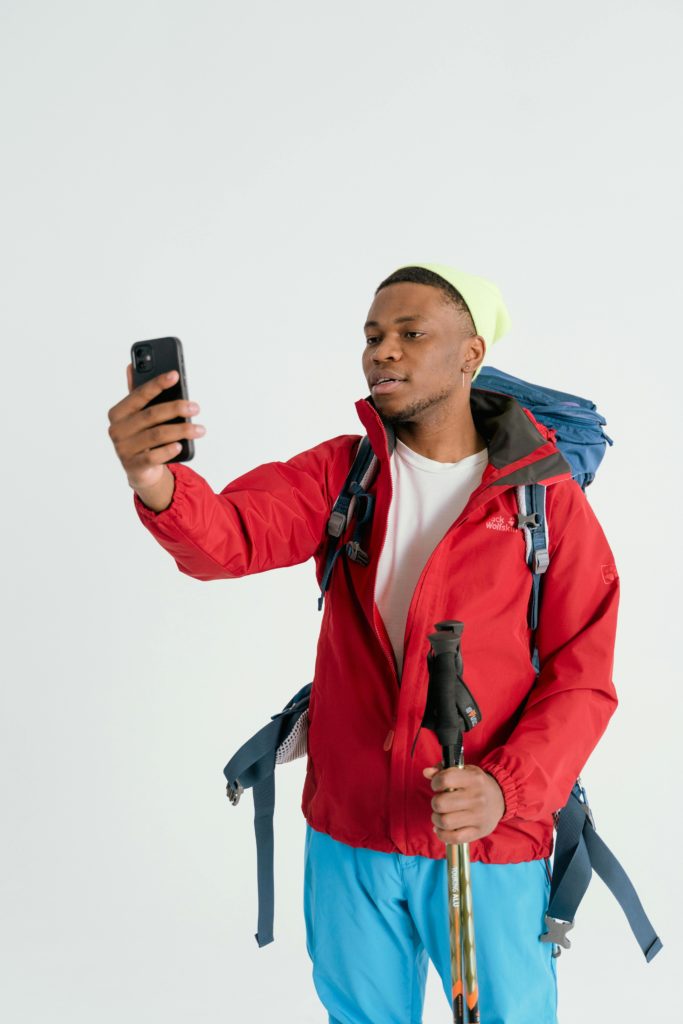
Additional Packing Tips for Your Nepal Trek
Packing light is essential for a comfortable trek. Use packing cubes to compress your clothes and maximize space in your backpack. Trekking poles can provide extra support and stability on uneven terrain. Don’t forget sunglasses and a hat to protect your eyes and head from the strong sun.
A headlamp is useful for early morning starts and navigating your way back to the teahouse in the dark. A small, lightweight book or e-reader can provide entertainment during downtime. And finally, a sense of adventure and a positive attitude are essential for a truly unforgettable experience.
With careful planning and the right gear, you’ll be well-prepared to embark on your Nepal trekking adventure.
Conclusion
Packing for a Nepal trek might seem daunting, but with careful planning and this comprehensive packing list, you’ll be well-prepared for your Himalayan adventure. Remember, the key to a successful trek is striking a balance between carrying essential items and packing light. By following these guidelines and customizing the list to your specific needs, you’ll be ready to conquer the trails and create unforgettable memories. Safe travels and happy trekking!
FAQs about Nepal Trekking Packing
- What is the best time to trek in Nepal? The best trekking seasons in Nepal are spring (March to May) and autumn (September to November). These periods offer clear skies, pleasant temperatures, and stunning views.
- Do I need to hire a porter in Nepal? Hiring a porter is recommended for longer and more challenging treks. They can carry your heavy gear, allowing you to focus on enjoying the trek. However, it’s essential to treat porters with respect and fair compensation.
- What is the average temperature in Nepal during trekking season? Temperatures vary significantly depending on the altitude and region. Expect chilly mornings and evenings, especially at higher elevations. During the day, temperatures can be pleasantly warm, especially in lower altitudes.
- Can I buy trekking gear in Nepal? While you can find some trekking gear in Nepal, the selection might be limited, and prices can be higher compared to your home country. It’s recommended to bring essential gear from home to ensure you have everything you need.
- What vaccinations are required for Nepal trekking? Consult with your doctor for recommended vaccinations based on your itinerary and personal health history. Standard vaccinations like tetanus, hepatitis A, and typhoid are often recommended.
If your are interested in Nepal Trekking then checkout our similar package here

